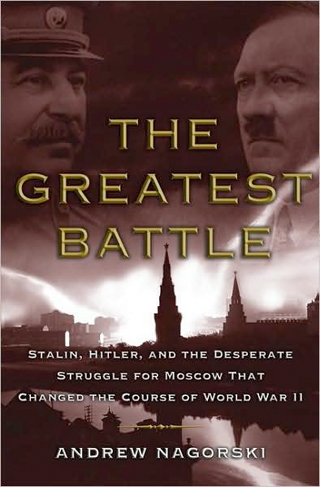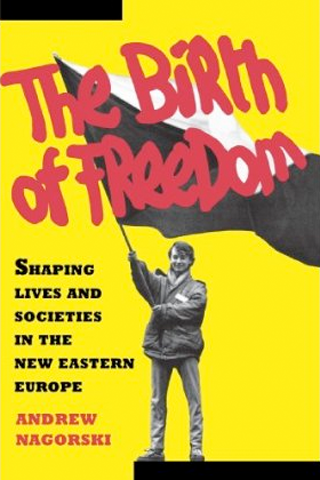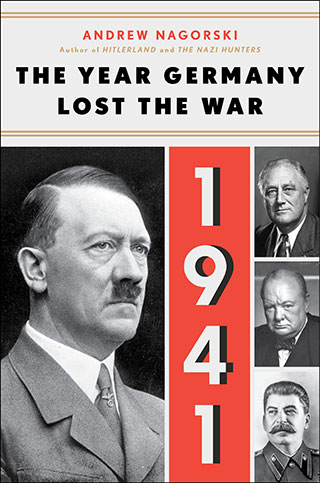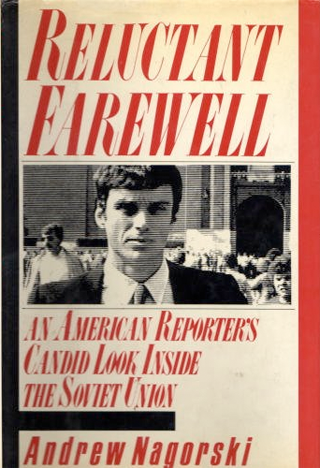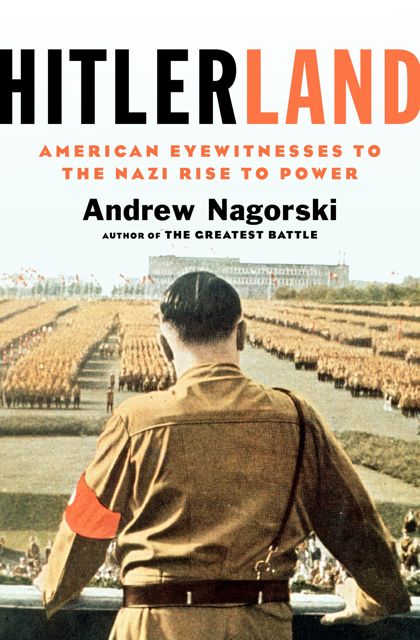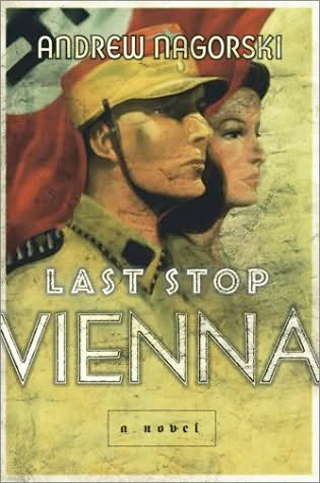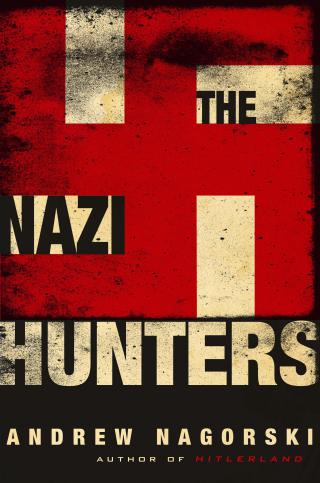Iran's Twitter-fueled protests may be using modern technology, but they're drawing from an older playbook: Poland's Solidarity movement of the 1980s.
In so many ways, the scenes from Tehran look eerily familiar: the massive demonstrations full of idealistic young people demanding that their voices be heard; the equally massive show of force by the riot police, leading to at least 20 deaths, countless beatings, and hundreds of arrests; the wrenching images of a young woman bleeding to death after she was gunned down; the government's propaganda counteroffensive, blaming the unrest on nefarious foreigners and the international media; and the obligatory airing of the "confessions" of a few Iranians that they were "provoked" into going out into the streets by the BBC and the Voice of America.
For anyone who witnessed or monitored the successive stages of protests and repression in communist Poland, the analogies are glaringly apparent. So are the intensely contradictory emotions they evoke. At one moment, there's a sense of exhilaration that people are rising up in a highly dignified fashion to claim what should be rightfully theirs. At the next moment, there's that feeling of near despair as the violent crackdown takes its toll, people are understandably intimidated, and the government is able to continue its charade, insisting that it truly represents the will of the nation. Poles experienced all of this before, but it doesn't make watching what is happening in Iran any easier.
Nor does it necessarily offer a clear-cut sense of what the outcome is likely to be there. In retrospect, the history of Polish worker and student protests and activism, all the way from 1956 up till Solidarity's triumph in 1989, looks like an inevitable progression toward that final victory. As someone who witnessed and reported on many of those protests—first as an exchange student in Cracow in 1968, and later as a reporter for NEWSWEEK—I certainly can attest to the fact that this was an outcome few people expected until the last moment. Nothing looked or felt inevitable. Similarly, we are likely to be surprised on more than one occasion by abrupt shifts in the Iranian situation.
Still, it's worth examining some of the similarities between the dynamic of protests in Iran with the Polish experience and what they may suggest about the road ahead. There are plenty of obvious differences—of religion, culture, politics, and history. But it's no accident that the behavior of both sides very often feels like they were drawn from the Polish playbook. And where they are different, they also are instructive.
Some examples:
The power of symbols. Everyone who lived through the Solidarity era vividly recalls the impact of Andrzej Wajda's 1981 film Man of Iron depicting the workers' protests a decade earlier—in particular, the scene where the protesters carry a young man, who was killed, on a door that serves as a stretcher. It's an image as firmly etched in people's minds as the video footage of Neda Agha-Soltan, the 27-year-old woman killed in Tehran during the protests. A government that kills its opponents always risks transforming them into martyrs. That's what happened with Grzegorz Przemyk, who had just graduated from high school when he was beaten to death in 1983, and with the Solidarity activist priest Jerzy Popieluszko, who was kidnapped, tortured and killed by security police officers a year later. Those murders may have sent a clear message about the risks of dissent, but ultimately they undermined the credibility of the regime and proved to be a rallying point for the opposition. That's likely to be true in the case of Neda Agha-Soltan as well. Both Christian and Muslim societies fully understand the power of martyrs.
Technology. At first glance, the situations in Poland and Iran are radically different when it comes to how protesters get their messages out. The use of Facebook, Twitter, and countless other powerful Internet tools are prime examples. So are the government's efforts to block such technologies at key moments. Although the instruments are different, Solidarity and earlier Polish activists nonetheless know all about this contest. They used earlier tools such as clandestine printing presses to churn out leaflets, underground newspapers, and publications; the government tried to find them and shut them down. The Poles smuggled messages to Radio Free Europe, the BBC, and VOA, just as Iranians are trying to get their messages to satellite TV and radio stations, which Tehran tries to jam. Since the protesters are young and often a step ahead of the government in terms of how to operate whatever the technology of the moment is, it's close to impossible to shut everything off.


